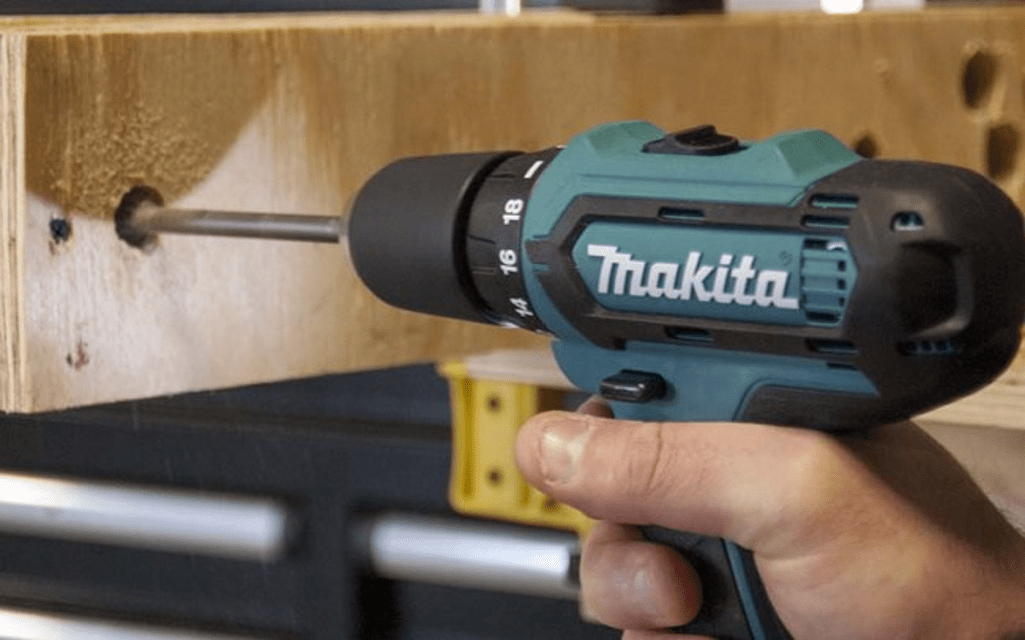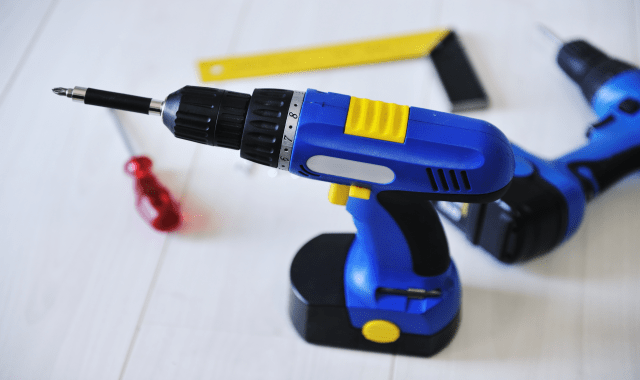Whether for a DIY task or commercial use, a cordless drill/driver is a very handy tool. Drills are tailor-made to perform a specific task such as driving screw or drilling holes. The price of a drill varies depending on the power output and the task it is meant to perform.You can find a good review of the best drill in each price categories $50, $75, $100 & $100 here. In most cases you should be able to find a drill that meets your budget and performs well compared to the price that you pay. In most cases, big drills cost more compared to small ones. With so many variations in prices and size, when buying a drill, one needs to have the factors to consider at your fingertips.
1: Select the right type
Drills are classified into various categories. In case you engage in different kinds of tasks, it is wise to consider buying drills that cover a wide-array of tasks, such as Dewalt’s 20v max cordless drill. This drill has the capability of variable speeds, adjustable torque settings, hammer drill features and more.
Here’s the top 4 categories of drills that are commonly bought:
The cordless drill/driver
The drill happens to be the most popular and powerful model in its category. The design incorporates the use of a clutch that provides a platform for users to shift between high speed and low-speed drilling. The hammer drill mode is also an innovative feature that makes it easier for the drill to make holes in masonry work.
Cordless right-angle drill/driver
The gadget is similar to the cordless drill but has a right-angle gearing. This aligns the chuck at a 90 degrees angle to the motor shaft as the device operates. It has a small bit making it easy for the user to maneuver the drill in tight spaces.
Cordless impact driver
The device is characterized by a tap tap sound as it operates. This sound comes from the internal component which continually strikes the rotating shaft. The rotational blow mechanism on the device makes it easy to drive screws through tough fasteners. The machine is light and rarely causes stripping of screws.
Cordless screwdriver
The drill is perfect for driving small screws. You can comfortably hold the screwdriver for long periods as it is very light. The device is also small enough to fit into tiny spaces. It has a slow drilling speed making it ideal for drilling through small fasteners. On the shelf, you can purchase one for a relatively cheap price.
An important note about cordless kits
Drills come in kits with each kit having a battery and charging system. There is also an option to purchase each of the items separately. Buying the complete set is, however, cheaper than buying each of components separately.
 2: Select a tool that is comfortable to hold
2: Select a tool that is comfortable to hold
Depending on the task at hand, you may need to hold a drill for an extended period of time. Use your hand size as a basis for selecting the size of the drill. Buy one that comfortably fits your wrist size and is also powerful enough to meet all your needs.
3: Get enough Power
The voltage rating of a battery determines the amount of torque you get from a drill. The voltage rating of most drills is between 6 and 36 volts. The higher the voltage of a drill, the more it is going to weigh. Small drills are therefore ideal for light work with heavy drills best suited for heavy tasks. A 12-volt tool is ideal for most of the light drilling jobs with an 18volt version suitable for the most heavy-duty tasks.
4: Select the right chunk size
The chunk size determines the size of the bit shank that a drill can hold. The standard chunk size is about ½ an inch. A small chunk size is appropriate if you plan on making small holes with a large size allowing you to make large holes.
5: Check the speed
A common cordless drill has a speed of about 300 to 400 rpm. Those with a high torque run between 1200 to 1500 rpm. A good cordless device usually has an electric component that regulates this speed based on the loading.
6: A clutch assists you fine tune driving force
A drill/driver’s clutch regulates the driving force resistance. When your set value is reached the clutch slips and makes a rapid clicking sound so that you can stop exerting more force to the fastener. The features minimize stripping of screws and also protect the motor from overheating.
7: Batteries and chargers are key
A battery is the powerhouse of a drill. Lithium-ion batteries are commonly used due to their light weight and the capacity to hold the charge for large periods of time. Ni-Cad batteries are perfect for casual use as they are cheaper and have great performance. Always check a batteries voltage and run time in amp hours. The run time of most chargers ranges from 15 minutes to 3 hours. A fast charging charger takes less time to charge and requires a fast-charging battery. They will also cost more. Having a spare battery gives you the freedom to charge one battery as you use the other one to carry out other tasks.
Use your drill safely
Just a note to remind you to remember about safety. A drill is a tool and not a toy, treat it with respect and have safety at the front of your mind when operating it. Read this article about drill safety for more information and stay safe!
Final thoughts:
Don’t get to overwhelmed on finding the perfect cordless drill. There are plenty great brands out there with a solid reputation. However, we do recommend either a 20v or 18v drill and this site covers tips on finding the best 20v cordless drill for the money as well as a plethora of cordless drill reviews.


 2: Select a tool that is comfortable to hold
2: Select a tool that is comfortable to hold
